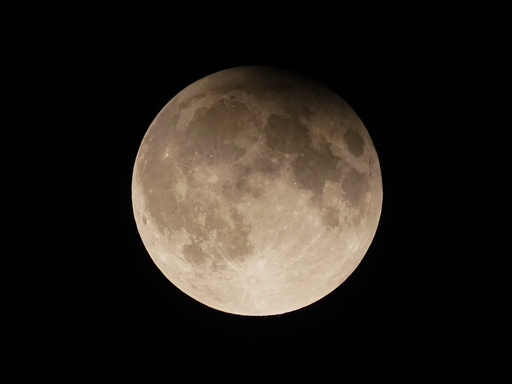
CAPE CANAVERAL, Fla. — Earth is about to say goodbye to a small asteroid that has been closely following our planet as a temporary “mini moon” for the last two months.
This benign celestial body will break free on Monday, unable to resist the stronger gravitational pull of the sun. However, it is set to make a brief return in January for a closer encounter.
NASA plans to utilize radar technology to examine the 33-foot (10-meter) asteroid during this visit, which could enhance scientists’ insights into the object identified as 2024 PT5. There is a possibility that this asteroid is a fragment or boulder propelled from the moon by the impact of another asteroid, leading to the formation of craters.
Though it does not qualify as a moon in the strictest sense—NASA has emphasized that it was never fully drawn into Earth’s orbit—this object is intriguing enough to warrant scientific investigation.
Astrophysicist siblings Raul and Carlos de la Fuente Marcos from Complutense University of Madrid first recognized the asteroid’s behavior as a “mini moon” and have worked in collaboration with observatories in the Canary Islands to conduct extensive observations.
At present, the asteroid is situated over 2 million miles (3.5 million kilometers) away and remains too small and dim to be detected without advanced telescopic equipment. During its closest approach in January, it will come within approximately 1.1 million miles (1.8 million kilometers) of Earth, maintaining a safe distance before it continues its journey into deeper space, orbiting the sun and not expected to return until 2055—almost five times further away than our moon.
The object was first detected in August and has been following a horseshoe trajectory around Earth since late September after succumbing to our planet’s gravitational influence. According to Raul de la Fuente Marcos, by the time it returns next year, it will be traveling at a speed more than twice those figures from September, making it impossible for it to linger in our vicinity.
In January, NASA intends to monitor the asteroid for over a week using the Goldstone solar system radar antenna located in California’s Mojave Desert, which is part of its Deep Space Network.
Current analyses suggest that during its anticipated visit in 2055, this sun-orbiting asteroid might again perform a brief and partial circuit around our planet.
